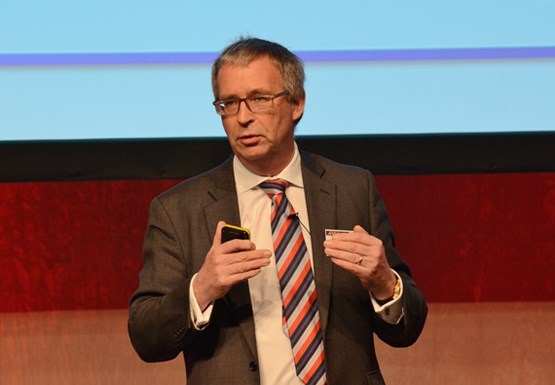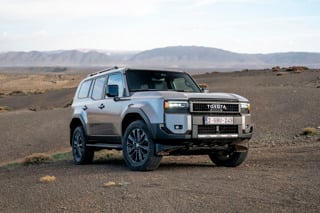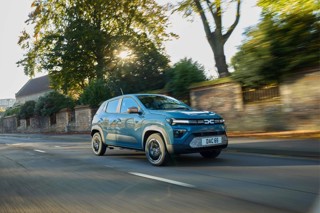Last week Jim Farley, the CEO of Ford and personally responsible for their new Model E division focused solely on electric cars and trucks, caused a stir amongst US dealers with comments he made in an interview with Bernstein.
Farley is a petrolhead, with a long and successful career at Toyota before moving to Ford, so he understands the traditional industry model well, but he is challenging many established practices as he steers Ford into an unfamiliar future. His reference point for many of his comments is Tesla – as it is for many other industry participants and consultants.
That is understandable now that people have stopped predicting the death of Tesla, and instead marvelled at how a manufacturer that had produced only a handful of cars ten years ago, can now be in the Top 20 globally by volume, around half the size of BMW and Mercedes that had several decades head start.
The main issue with this is that the Tesla business model reflects a competitive environment which is very different to the one that Farley himself describes as leading to the price war. Tesla had virtually no competition amongst premium BEVs until the last couple years.
With or without a highly visible figurehead like Elon Musk, there was little need to spend money to promote the brand and products when all that was needed was one or two hundred thousand early adopters globally each year to seek out a premium BEV.
The $15,000 profit per unit that Tesla generated last year, which Farley referred to as an ‘epiphany’ for him reflects not only the position of Tesla, but also that of the traditional and new manufacturers who were unable to supply in the volumes they wanted. It is not an ‘apples for apples’ comparison in terms of normal business conditions going forward.
The model has also been enabled by an incredibly simple product offer bringing manufacturing cost, logistics and sales channel benefits. Again not an issue if your customers rank the powertrain as the dominant influencing factor, but if you have a choice of brands all offering high performance combined with zero emissions, does a broader choice of paint and trim options, and some optional features start to become influential?
Given both of those factors and a tiny parc of older vehicles, the direct sales model also makes sense, but does that remain true in a competitive environment with more products and an exponentially-expanding parc?
Whilst I am sure that Musk’s influence will ensure that Tesla remains one of the leanest manufacturers in the business, they will be forced to adapt, and in doing so will lose some of their previous cost advantage. What they will do though – again influenced by Musk – is find different solutions to old problems.
I doubt that we will ever see traditional advertising for Tesla, or zero kilometer Teslas sitting on the forecourt alongside brand new cars. As a digitally native business, they will plan better, promote on a more targeted basis, and avoid wasting their money (or that of retail partners) on under-utilised real estate.
In that context, Farley’s plan to emulate Tesla in a number of ways such as direct sales and zero advertising looks flawed.
In addition he talked about the opportunities to grow revenue in software services (like all other OEMs) and mobility services (favoured by Stellantis, rejected by BMW and Mercedes as described in my blog last month, and previously tried and abandoned by Ford with their Chariot service). With respect to software services, nobody has yet found a way to unlock the supposed multi-billion Euro or dollar opportunity that some consultants claim exists.
Tesla certainly haven’t unless you count charging, though Stellantis have identified usage-based insurance in their most recent strategy announcements.
Farley himself recognises that many of the software applications in the car will be commoditised and often be delivered through the customer’s phone, but does believe there will be opportunities where applications are developed in-house and integrated into the car, perhaps in the area of autonomous driving. If successful that may yield revenue for the OEM, but it is unclear how the dealer can be integrated into that value proposition.
Taken as a whole, what is clear is that Farley recognises that the world has changed and will continue to do so as the competitive landscape and technology develops. He understands that new solutions will need to be found, and that they may not look much like the old ones.
I do not agree with all his specific ideas, but if you are going to navigate a new route, perhaps the most important first step is to recognise that the map you have is years out of date.
Author: Steve Young, managing director of the ICDP. This blog first appeared on the ICDP website.



















Login to comment
Comments
No comments have been made yet.